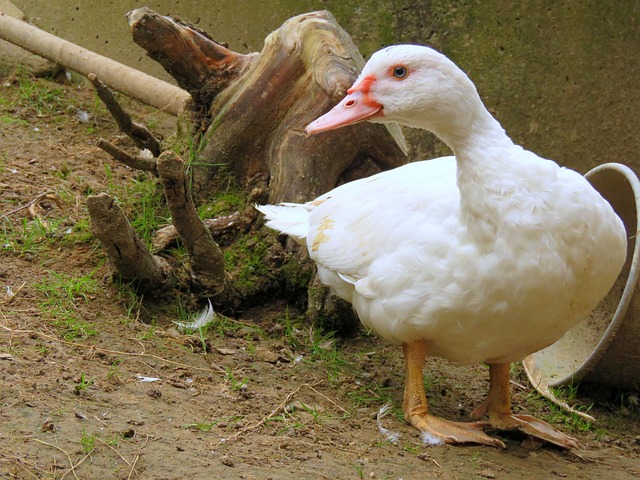For stubborn or recurrent warts resistant to traditional methods, dermatologist wart removal offers advanced techniques like cryotherapy, laser therapy, and prescription creams. These specialized treatments provide effective, faster results tailored to individual needs while minimizing discomfort. Post-removal, a multi-faceted approach including regular check-ins, skin cleanliness, prescribed treatments, and addressing underlying conditions prevents recurrence, achieving long-term relief and reducing future procedures.
Are stubborn and recurring warts leaving you concerned? Advanced dermatologist wart removal offers effective solutions for these persistent skin issues. This comprehensive guide explores understanding the nature of recurrent warts, traditional removal methods, and the latest advancements in dermatology. We delve into advanced treatments, from topical medications to laser therapy, providing long-term relief. Learn about prevention strategies to avoid future outbreaks and discover how expert care can transform your skin health.
- Understanding Stubborn and Recurring Warts
- Traditional Wart Removal Methods
- Advanced Dermatologist Treatments
- Preventing Recurrence and Long-Term Solutions
Understanding Stubborn and Recurring Warts
Understanding Stubborn and Recurring Warts
Stubborn and recurring warts can be a common yet frustrating skin concern, often requiring advanced dermatologist wart removal techniques to effectively eliminate them. These types of warts are characterized by their persistence, appearing on various parts of the body and sometimes even returning after treatment. They may look different from common warts, ranging from small, rough bumps to larger, more fleshy growths. The cause behind their stubborn nature is often a combination of factors, including viral infections (specifically human papillomavirus or HPV), immune system weakness, and skin trauma.
Recurrent warts can be particularly challenging because they not only affect cosmetic appearance but may also indicate an underlying health issue. A qualified dermatologist plays a crucial role in understanding the specific type of wart and devising a personalized treatment plan. Advanced dermatologist wart removal methods offer effective solutions, leveraging topicals, cryotherapy, immunotherapies, or surgical excision to target and destroy the wart while minimizing discomfort and potential side effects.
Traditional Wart Removal Methods
Many people turn to traditional methods for wart removal, which often involve over-the-counter treatments or home remedies. These include applying salicylic acid, using duct tape, or trying natural cures like apple cider vinegar and banana peels. While some find success with these approaches, they may not be as effective for stubborn or recurring warts. Traditional methods can also cause discomfort, and in some cases, they might lead to skin irritation or damage if not used properly.
For those dealing with persistent warts, a dermatologist’s expertise in dermatologist wart removal offers a more comprehensive solution. They have access to advanced techniques and medications that go beyond standard treatments. From cryotherapy (freezing) to laser therapy and prescription creams, these methods provide tailored approaches to eliminate warts at the root, ensuring better results and potentially faster recovery times compared to traditional methods.
Advanced Dermatologist Treatments
In cases where over-the-counter treatments have proven ineffective, advanced dermatologist wart removal offers a range of innovative solutions tailored to stubborn and recurring warts. Dermatologists can employ various state-of-the-art techniques, including cryotherapy (freezing), laser treatments, and chemical peels, to target and eliminate these growths. These professional procedures are designed to be more precise and potent than homemade remedies, providing lasting relief for patients.
Cryotherapy, for instance, uses liquid nitrogen to freeze and destroy warts, while laser treatments use targeted light energy to burn away the affected skin cells. Chemical peels, involving the application of acidic solutions, help to exfoliate the top layers of skin, removing the wart and stimulating new, healthy growth. Each method has its advantages and may be recommended based on the type, size, and location of the warts, ensuring patients receive the most effective and suitable treatment for their specific case.
Preventing Recurrence and Long-Term Solutions
After successful dermatologist wart removal, preventing recurrence is key. This often involves adopting a proactive approach to care. Patients should maintain regular check-ins with their dermatologist to monitor any new or returning warts. Keeping the skin clean and avoiding contact with known pathogens can significantly reduce the risk of reoccurrence. Using recommended over-the-counter treatments or prescription medications as directed by the dermatologist can also aid in long-term prevention.
Additionally, understanding the underlying causes of warts is crucial for finding lasting solutions. Certain conditions like weakened immune systems may predispose individuals to recurring warts. Addressing these underlying issues through lifestyle changes and medical interventions recommended by a dermatologist can offer more permanent relief from warts.
When traditional methods fall short, advanced dermatologist wart removal offers effective solutions for stubborn and recurring warts. By leveraging cutting-edge technologies and tailored treatments, dermatologists can provide long-lasting relief. Preventing recurrence through post-treatment care and lifestyle adjustments ensures folks can enjoy clear, wart-free skin for years to come, enhancing their overall well-being and self-confidence.
